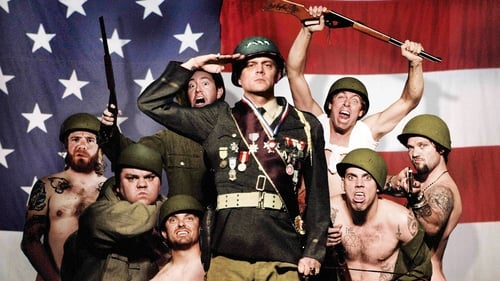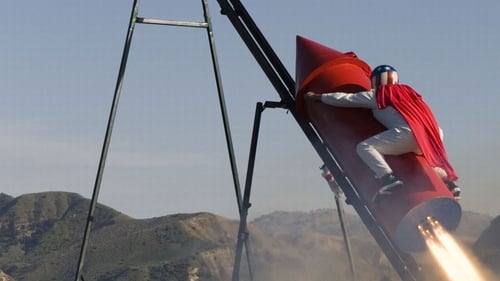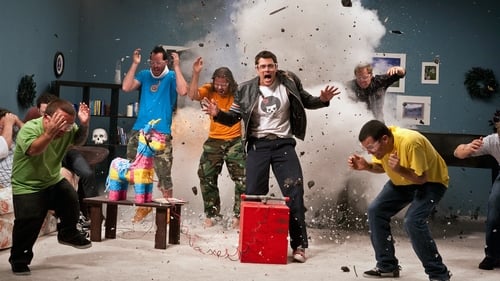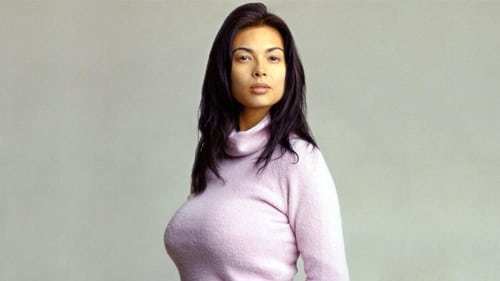
Writing, reading, arithmetic. Building a house, ploughing a field. English, French. Filmmaker Maria Knilli shoots inconspicuously among the children. The small and large learning steps become visible, the relationships between each other and the atmosphere in which learning takes place: the tender seriousness, the intimate curiosity, the communal enthusiasm.

An overview of waldorf education from the Sacramento Waldorf School.

Waldorf education overview from the perspective of the Toronto Waldorf School.

This DVD gives an impression of a typical school day in an American Waldorf/Rudolf Steiner School. Teachers, parents, and pupils describe what is essential for them at their school and explain their reasons for choosing Waldorf (education).

Explains the early childhood practices and philosophy of the RIE system.

Presents a glimpse of Waldorf principles through scenes filmed at the San Francisco Waldorf Kindergarten.

This television documentary takes us on a fascinating journey into the realms just beyond our five senses, where thoughts are things and creation begins. Rudolf Steiner not only found how to experience these areas directly, in a very safe and methodical manner, but he also developed specific techniques which, if utilized in the right way and with the proper intention, enable the individual to have insight into the spiritual realities. In addition to learning of this extraordinary individuality, we meet some of the men and women who are utilizing the impulses brought by Dr. Steiner to expand and enhance their specific vocations in very practical ways, e.g. education, agriculture, medicine, astronomy, mathematics, architecture, the arts, and working with retarded children and adults.

The concern that we are not allowing the proper time and space for early childhood is what has stimulated the move to make this film with the idea of generating conversation among adults about what we can do to support our little ones in this ever busier, more auto- mated, less loving, and often harsh world that they have come into. l hope this glimpse into our class can fulfill its purpose and stimulate the conversations we need to have in order to create a new paradigm in the way we under- stand early childhood: the significance of family and home, of rhythm and routine, invoking wonderful rela- tionships with each other and the earth, the impor- tance of time and space for deep, meaningful play... My concern in a nut shell, is for the future of humanity.

This short film introduces some of the fundamentals of Waldorf education. Originally produced for the Steiner Schools Fellowship.

Loser clown Andrius becomes principal of the school and fights the iron fist system of his deputy Stefanija, to help kids overcome their complexes and free their inner powers.

¡Han vuelto! En una película con todo el material que no pudieron incluir en la número dos. Te reirás hasta llorar y desencajar tu mandíbula a medida que Johny Knoxville y los chicos te introducen entre bambalinas con Jackass 2.5, hablando de estas increíbles e inéditas acrobacias, bromas y otros actos aleatorios de malicia y estupidez en unas hilarantes entrevistas nuevas. 90 minutos de metraje extra y de contenidos especiales. Jackass 2.5 es tan insólito, sucio y directamente sexy como sus predecesores, pero a unos niveles que no podrían verse en los cines.

Johnny Knoxville y el resto del reparto de la serie de televisión "Jackass" realizan las hazañas más escandalosas y divertidas en Japón, donde se disfrazan de pandas y atacan un campo de golf mas intensas que en la TV.

Johnny Knoxville y sus amigos siguen con sus arriesgadas aventuras.

El formato Jackass, donde Johnny Knoxville y sus amigos se someten al peligro de forma voluntaria, se adapta al cine 3D. En su primera semana en USA ha obtenido un enorme éxito de taquilla: nada menos que 50 millones de dólares, la película con mejor entrada del otoño 2010.

For a book project, photographer Timothy Greenfield-Sanders took photographs of 30 stars of adult movies, each pair of photographs in the same pose, clothed and nude. This film records the photo shoots and includes interviews with the performers and commentary from eight writers (and John Waters). The actors and writers discuss economics, nudity and exhibitionism, careers, and private lives.










